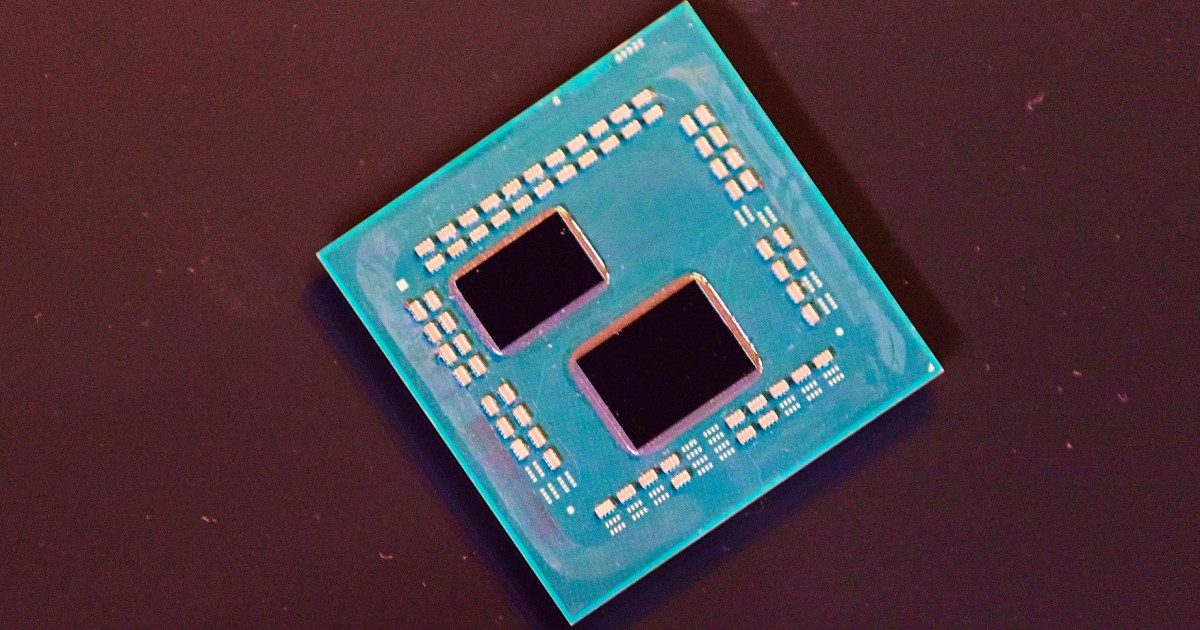AMD’s 7800X3D and 7950X3D accumulation the lead spot in CPUs for gaming, no longer as a result of they’ve essentially the most cores or the best possible clock speeds, however as a result of they’ve essentially the most cache. However what’s CPU cache, anyway? It’s a mini bundle of super-fast, rapid-access reminiscence constructed into the chip itself, serving to it get the knowledge it wishes for operations at heated velocity.
The returns aren’t unbending, despite the fact that — there’s a explanation why the 7950X3D doesn’t have spare cache on all of its cores. If truth be told, there are some downsides to having numerous difference cache to paintings with, even though it does aid push up gaming efficiency. Right here’s the entirety you wish to have to find out about CPU cache.
What’s CPU cache?
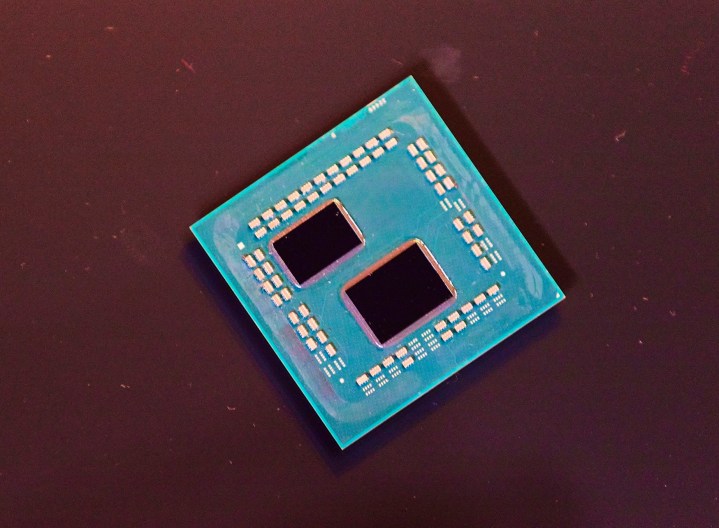
Cache is the quantity of reminiscence this is inside the CPU itself, both built-in into person cores or shared amongst some or all cores. It’s a mini little bit of devoted reminiscence that lives immediately at the processor in order that your CPU doesn’t want to fetch knowledge out of your gadget RAM each and every future you wish to have to do one thing for your PC. Each and every processor has a mini quantity of cache, with smaller CPUs getting possibly only some kilobytes presen immense CPUs will have many megabytes use of cache.
However why is cache essential if we have already got swift SSD attic, and even faster RAM? It’s all about efficiency. Within the Nineties, RAM velocity wasn’t conserving occasion with CPU wishes, presenting a sickness for CPU designers. The answer used to be so as to add native cache to the chips themselves.
Even though cache has restricted capability in comparison to RAM, its top velocity makes up for it. The one drawback is that it’s pricey to store reminiscence right into a negligible chip, so it’s normally no longer been worn in better amounts. With 3-d V-Cache, then again, AMD discovered a option to create it paintings, and now we’ve got higher-performing recreation chips to turn for it.
How does cache paintings? L1, L2, L3 defined
The mainstream adoption of cache resulted in additional nuanced implementations of cache and RAM till we ended up with the reminiscence hierarchy, with cache on the lead, RAM within the heart, and attic on the base. This tiered manner permits important knowledge for the CPU to be bodily nearer to the processor, lowering latency and serving to your PC really feel snappy.
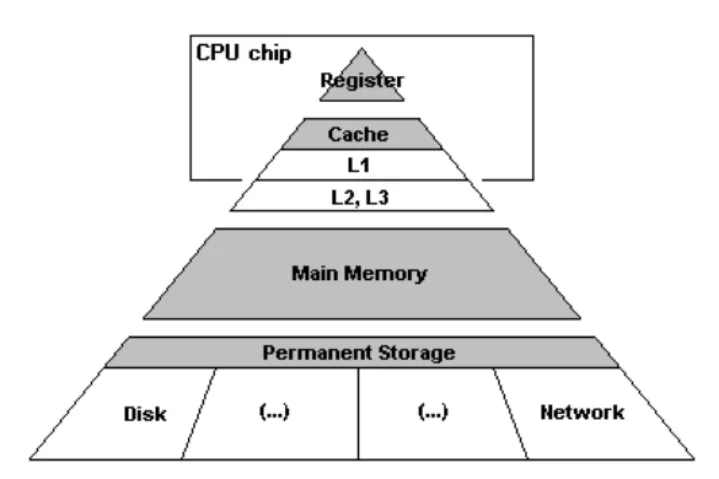
Cache has its personal hierarchy, or cache ranges, that are crack into L1, L2, and L3 cache. Those are a wide variety of cache, however they carry out relatively other purposes.
L1 cache is the primary degree of cache and likewise the smallest, generally divided into L1 instruction or L1i and L1 knowledge or L1d. Every core inside a CPU has its unique bite of L1 cache, which is generally only some kilobytes immense. The type of knowledge saved in L1 cache is stuff that the CPU simply worn or expects to usefulness imminently. If the CPU wishes knowledge that isn’t within the L1 cache, it is going to the after degree: L2.
Like L1 cache, L2 cache is continuously unique to a unmarried CPU core, however in some CPUs, it’s shared between more than one cores. It’s additionally a lot, a lot better; for instance, each and every P-core within the Core i9-12900K has 80 kilobytes of L1 cache, in addition to 1.25 megabytes of L2 cache, just about 16 instances as a lot. On the other hand, better caches have larger latency, this means that it takes extra future for communique to occur between the CPU core and the cache. When CPUs need to accomplish issues in a question of microseconds and even nanoseconds, the relatively larger latency of L2 cache does subject. If a CPU can’t to find asked knowledge inside L2 cache, it asks the after degree: L3.
L3 cache is a large offer: It’s shared between some or all cores inside a CPU, and it’s large. The 7950X3D, for instance, has 128MB of L3 cache with its bolted-on 3-d V-Cache, presen it simplest has 16MB of L2 cache. The latency of L3 cache is even worse than L2, however having a immense L3 cache is actually remarkable to oppose the CPU from wanting to invite the RAM for wanted knowledge. With the exception of for attic, RAM has the worst velocity and latency within the reminiscence hierarchy, and every time the CPU must entry the RAM for required knowledge, issues can grind to a halt.
Some CPUs also have L4 cache, however it generally purposes as RAM that’s at the CPU package deal. A few of Intel’s first 14nm CPUs in response to the Broadwell structure integrated 128MB of embedded DRAM, and the corporate’s Sapphire Rapids server CPUs can include HBM2, which is more or less worn like an difference degree of cache.
Does CPU cache subject for gaming?
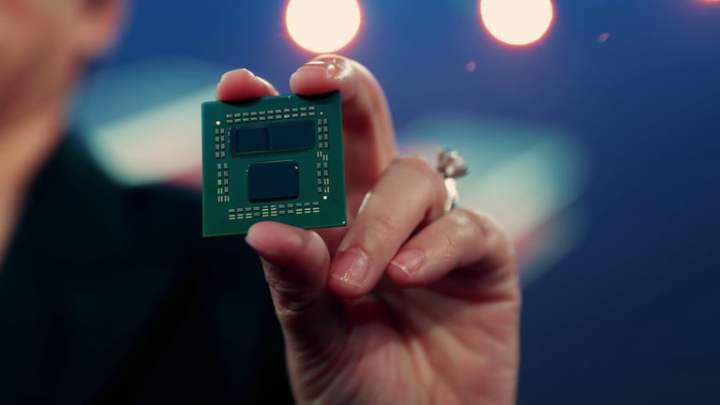
CPU cache makes a big difference for gaming. Even though single-threaded efficiency, directions in keeping with clock (IPC), and clock velocity have historically been mentioned to be essentially the most remarkable components in gaming efficiency, it’s turn out to be very unclouded that cache is some of the remarkable issue of all within the competition between AMD and Intel.
Cache is so remarkable for gaming on account of how video games are designed lately. Fashionable video games have a batch of randomness, this means that that the CPU continuously must explode easy directions. With out enough quantity cache, your graphics card is pressured to attend for your CPU because the directions accumulation up and cause a bottleneck. You’ll be able to see an instance of ways a lot of a too much that makes with AMD’s 3D V-Cache generation within the CPU efficiency graph in gaming underneath.
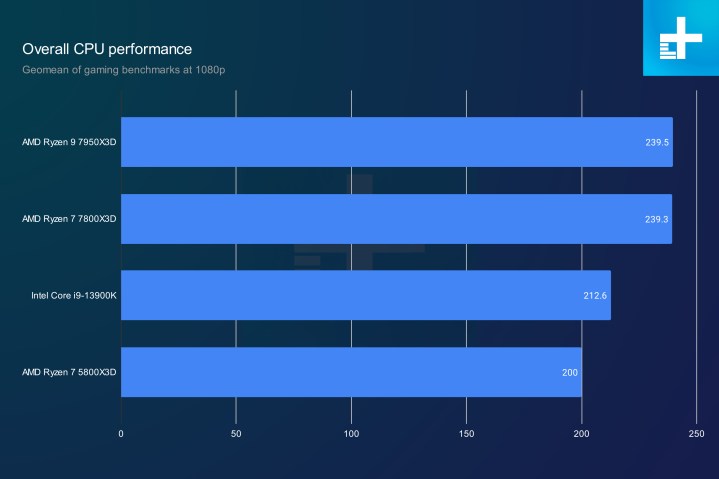
We’ve unhidden a pattern towards extra cache for gaming lately. AMD has been expanding its CPU cache amounts for years, and doubled indisposed with its 3-d V-Cache generation at the Ryzen 7 5800X3D and its successors within the Ryzen 7000 era
Intel has been enjoying catch-up with AMD, and its unedited era CPUs have extra cache than ever ahead of, serving to them stay aggressive in gaming. It kind of feels most likely that cache amounts will proceed to stand within the coming years, additional pushing gaming efficiency limits.
Editors’ Suggestions
-
The Asus ROG Ally just got a game-changing update -
The best budget CPUs you can buy in 2024 -
9 best processors for PC gaming: tested and reviewed -
It just became the perfect time to buy a last-gen Intel CPU -
I tested Intel’s XeSS against AMD FSR — and the results speak for themselves

